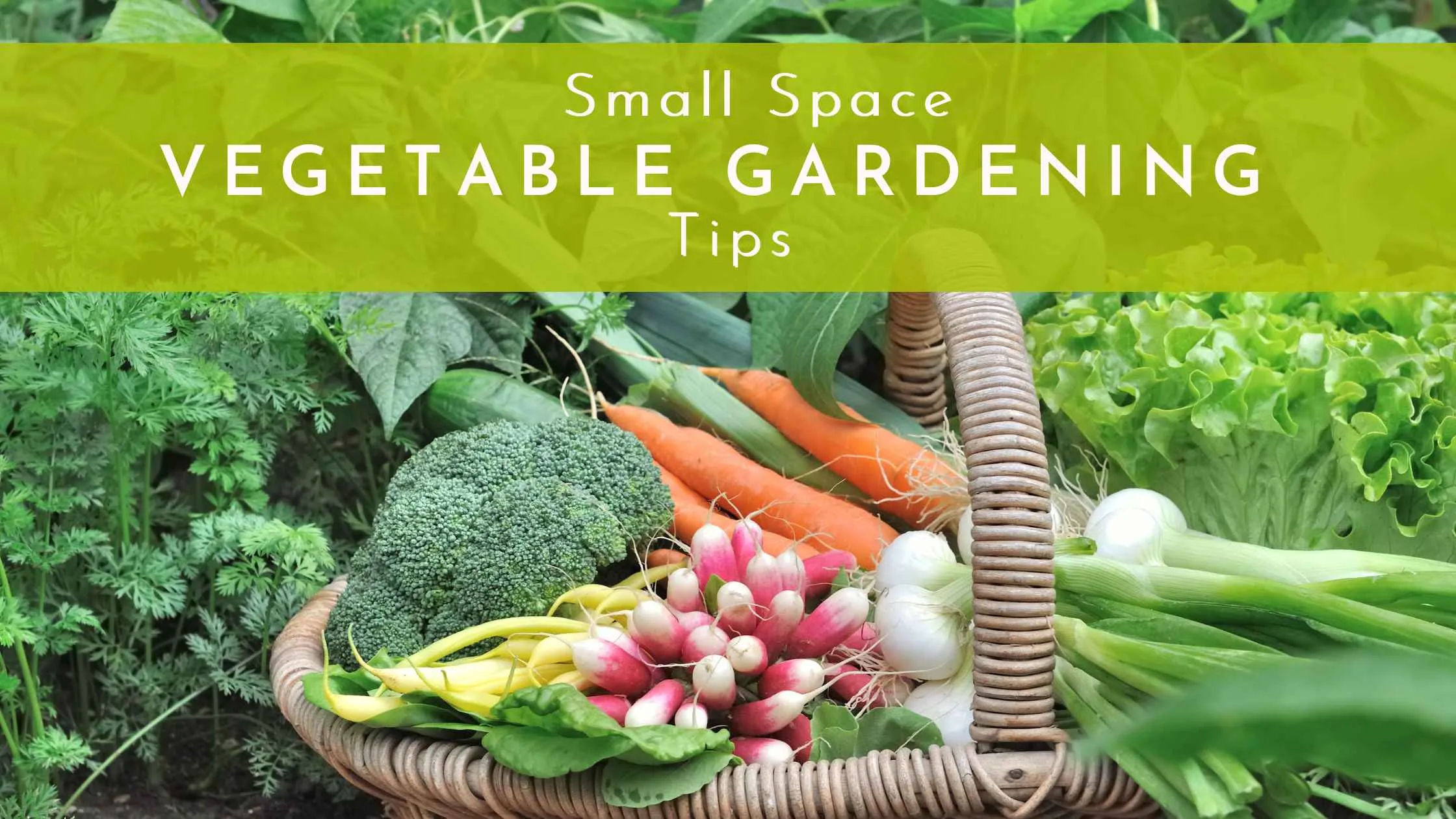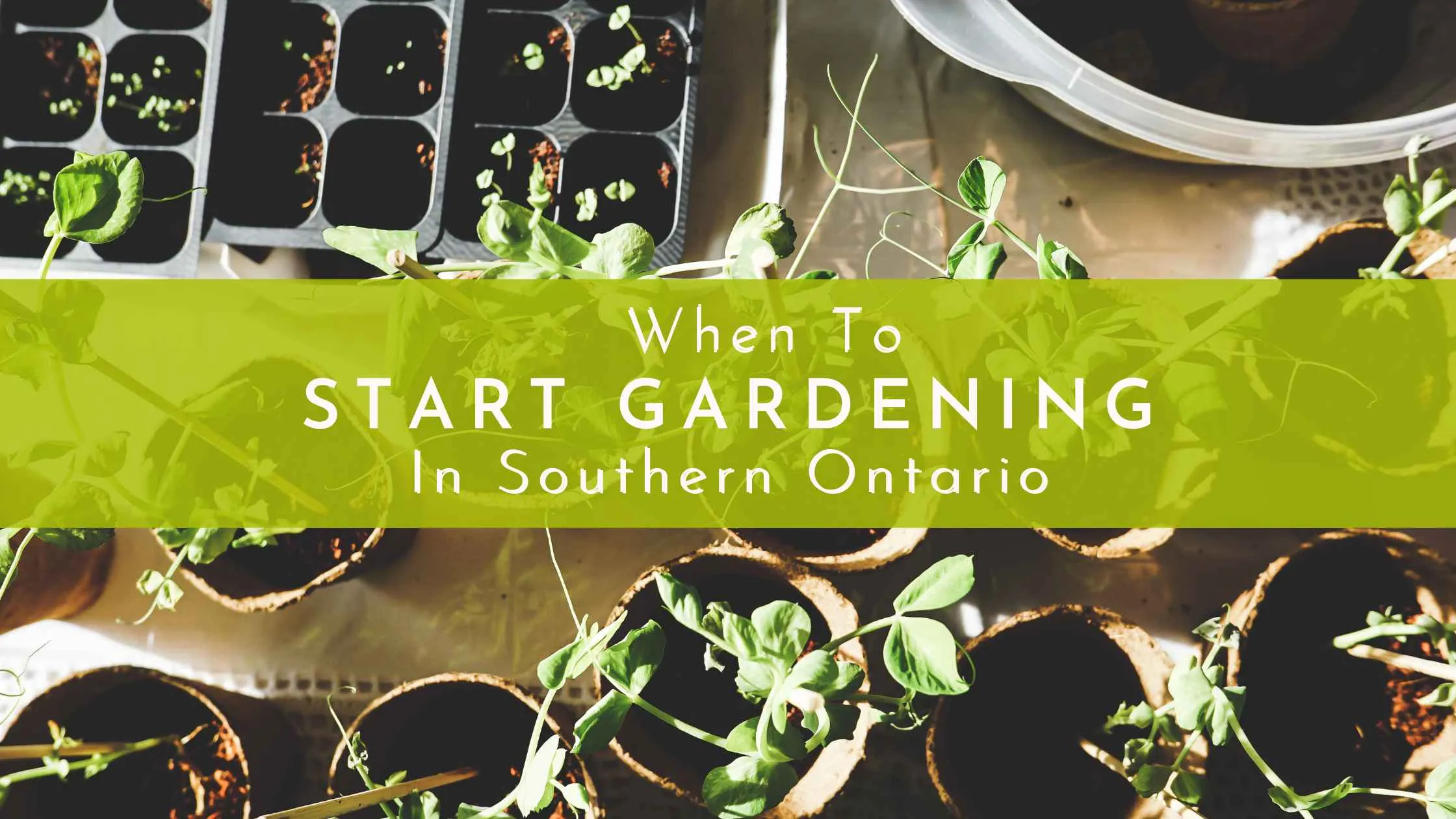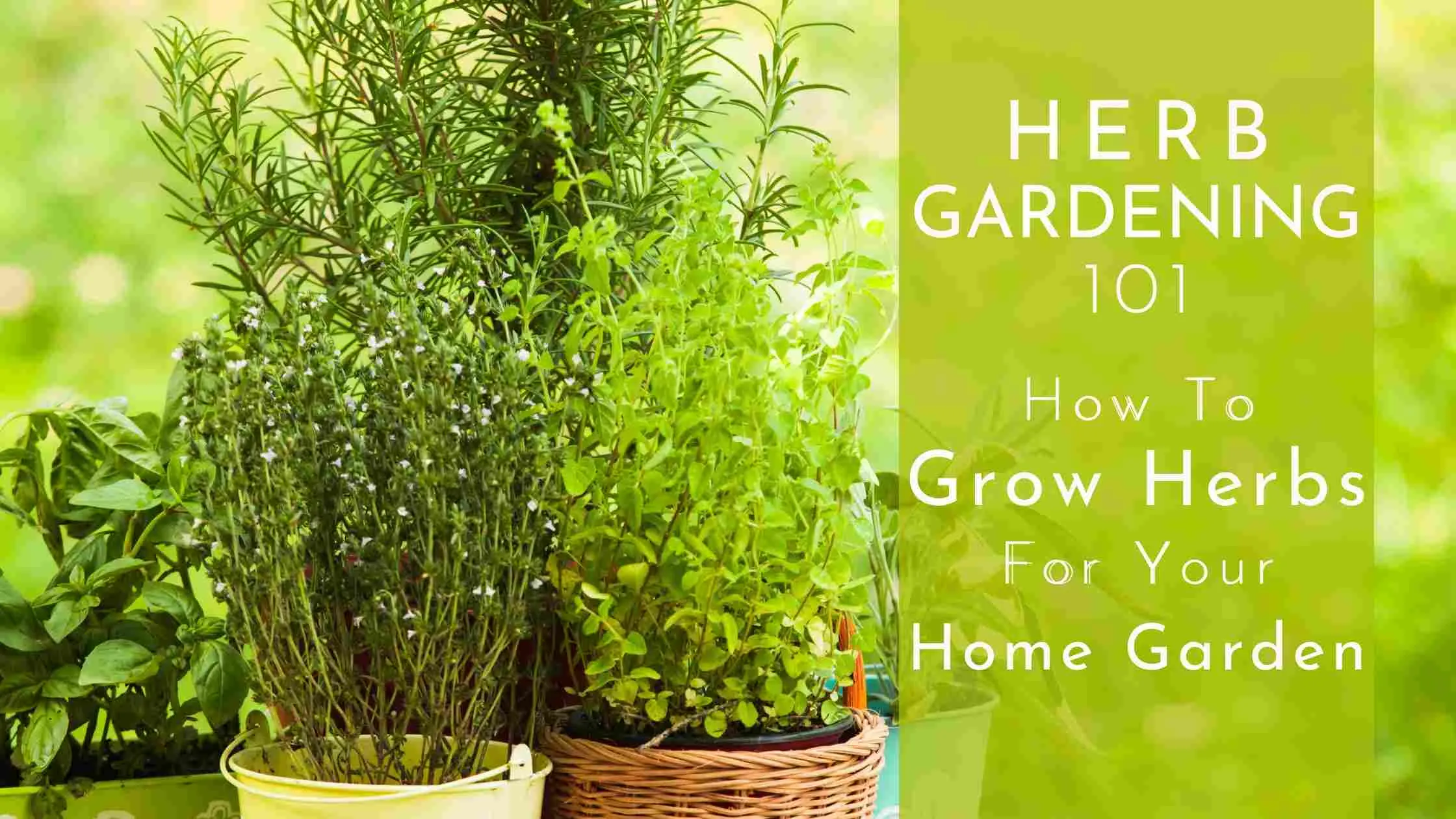The Power of Companion Planting in Your Garden
Companion planting is a game-changer, empowering you whether you're a seasoned gardener or just starting your small-space gardening journey. This natural, sustainable gardening technique equips you to grow healthier plants, reduce pests, and make the most of your garden space. Let’s dive into the world of companion planting and discover how you can create a thriving, balanced garden ecosystem.
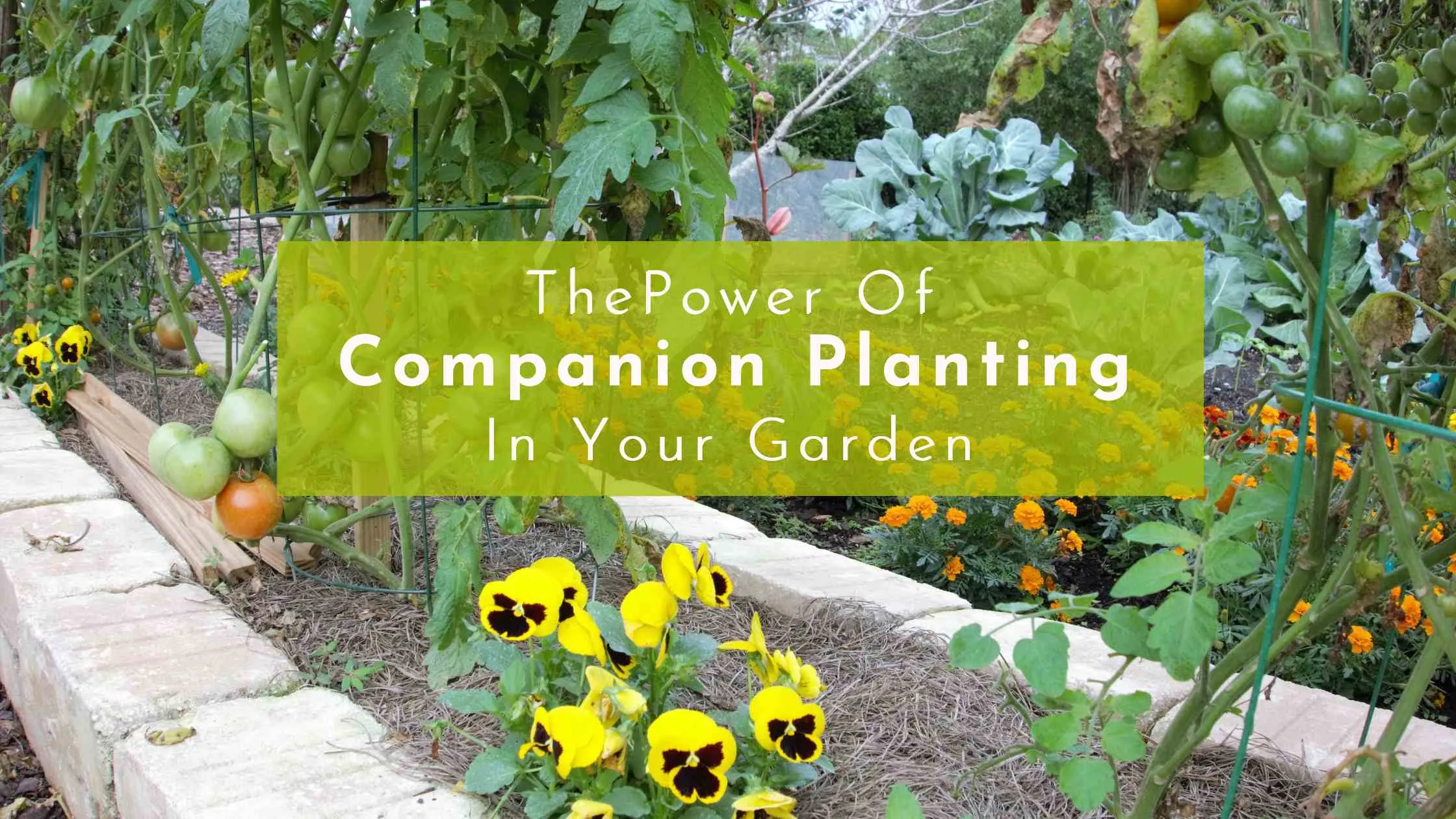
What is Companion Planting?
Companion planting is the practice of growing different plants together to enhance each other's growth, repel pests, and maximize space. This method mimics nature’s creation of a balanced ecosystem where plants support each other. By carefully selecting plant pairs, you can create a garden that works in harmony, promoting healthier and more productive plants.
The Benefits of Companion Planting
- Natural Pest Control: Certain plants can repel harmful insects. For example, marigolds release chemicals that deter nematodes, while basil can ward off mosquitoes and tomato hornworms.
- Improved Growth: Some plants release substances through their roots or foliage that can enhance the growth of their neighbors. For example, peas and beans fix nitrogen in the soil, which benefits heavy feeders like corn.
- Efficient Use of Space: Companion planting allows you to maximize both vertical and horizontal space in your garden. Tall plants can provide shade for shorter, sun-sensitive plants, and sprawling plants can act as a ground cover to suppress weeds.
- Enhanced Soil Health: Leguminous plants, such as beans and peas, can fix nitrogen in the soil, enriching it for other plants. This reduces the need for synthetic fertilizers and promotes a healthier soil ecosystem.
- Increased Biodiversity: A diverse garden can attract beneficial insects and pollinators while providing habitats for different species. This biodiversity can lead to a more resilient garden that can better withstand pests and diseases.
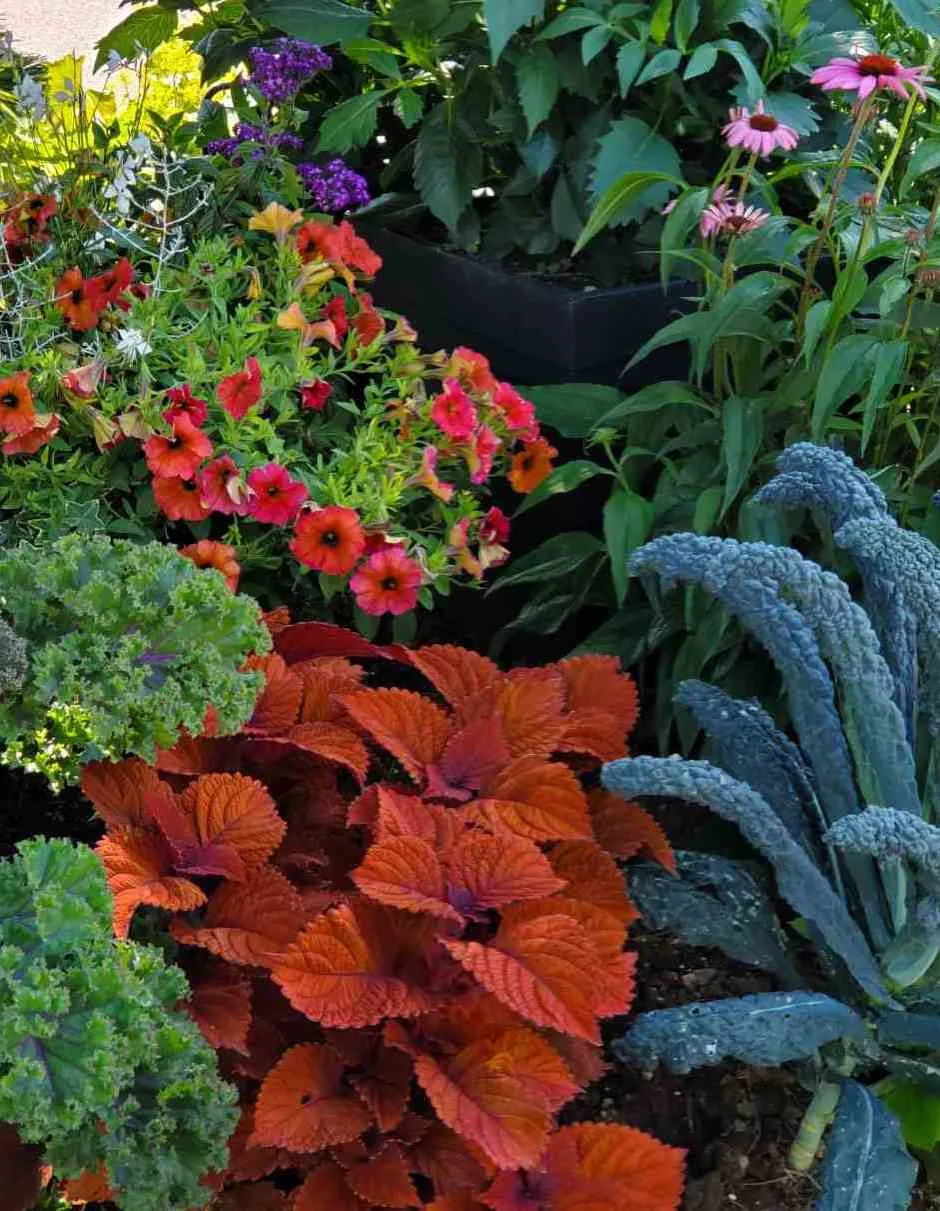
Practical Examples of Companion Planting
Here are a few classic examples of plant pairs that work well together:
1. Tomatoes and Basil:
Benefits: Basil repels pests like aphids, whiteflies, and tomato hornworms, while tomatoes provide shade for basil, preventing it from wilting in the hot sun. Additionally, basil is said to enhance the flavor of tomatoes.
How to Plant: Plant basil around the base of your tomato plants, leaving enough space for air circulation.
2. Carrots and Onions:
Benefits: Onions emit a scent that can deter carrot flies, while carrots can help repel onion flies. Their different root systems (deep-rooted carrots and shallow-rooted onions) allow them to coexist without competing for resources.
How to Plant: Alternate rows of carrots and onions in your garden bed.
3. Corn and Beans:
Benefits: Corn provides a natural trellis for bean vines to climb, and beans fix nitrogen in the soil, which benefits the corn. This pairing is part of the traditional 'Three Sisters' planting method, a Native American agricultural practice where corn, beans, and squash are planted together. The corn provides a structure for the beans to climb, the beans provide nitrogen for the soil, and the squash shades the ground, preventing weeds.
How to Plant: Plant corn first, and when it’s about 6 inches tall, plant beans around the base of the corn.
4. Basil and Peppers:
Benefits: Basil repels aphids, spider mites, mosquitoes, and flies, helping to protect pepper plants. Additionally, basil enhances the flavor of peppers.
How to Plant: Plant basil around the base of pepper plants, ensuring enough space for both to grow.
5. Cilantro and Eggplant:
Benefits: Cilantro attracts beneficial insects like hoverflies and predatory wasps, which can help control pests that target eggplants.
How to Plant: Plant cilantro around or near eggplants, allowing it to flower to attract beneficial insects.
6. Rosemary and Broccoli/Cauliflower:
Benefits: Rosemary repels cabbage moths, which can be harmful to broccoli and cauliflower. It also attracts beneficial insects that help control other pests.
How to Plant: Plant rosemary along the edges of your broccoli or cauliflower bed, giving it space to grow without overshadowing the vegetables.
7. Marigolds and Cucumbers:
Benefits: Marigolds release a substance that deters nematodes and other harmful insects. They also attract pollinators, which can help increase cucumber yields.
How to Plant: Plant marigolds around cucumber plants or intersperse them throughout your cucumber bed.
8. Radishes and Spinach:
Benefits: Radishes can act as a trap crop, luring pests away from spinach. Radishes grow quickly and can be harvested before they compete with spinach for resources.
How to Plant: Sow radish seeds around or between spinach plants, ensuring enough space for both to thrive.
9. Nasturtiums and Squash:
Benefits: Nasturtiums repel squash bugs and aphids while attracting pollinators that help squash plants.
How to Plant: Plant nasturtiums around the perimeter of your squash patch or in between squash plants.
10. Beans and Lettuce:
Benefits: Beans fix nitrogen in the soil, which benefits leafy greens like lettuce. Lettuce can also provide a ground cover that helps retain soil moisture for beans.
How to Plant: Plant beans in rows with lettuce in between or around the edges of the bean patch.
11. Lavender as a Beneficial Companion Plant:
Lavender is a fantastic companion plant due to its strong scent, which repels many common garden pests such as moths, fleas, and mosquitoes. It attracts beneficial pollinators like bees and butterflies, enhancing pollination for neighboring plants. Lavender's presence can also improve your garden's overall health by deterring harmful insects and providing a habitat for beneficial ones. Plus, its aromatic oils can help mask the scent of other plants, making it harder for pests to locate them. Plant lavender near crops like cabbage, broccoli, and herbs to maximize these benefits.
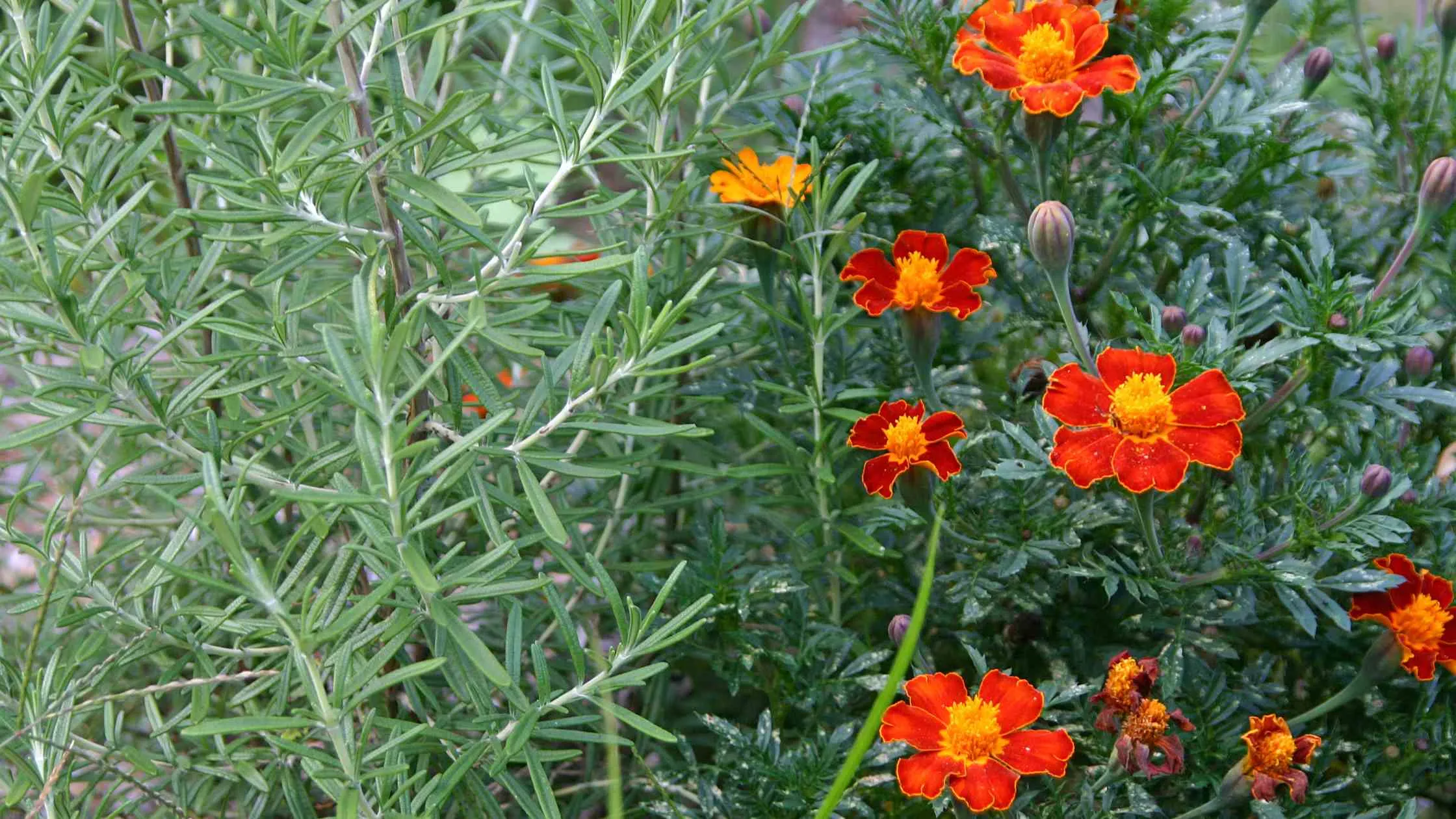
Tips for Successful Companion Planting
To get the most out of companion planting, consider these tips:
- Research Compatible Plants: Not all plants get along. Do some research or refer to companion planting charts to find out which plants make good neighbors.
- Rotate Crops Each Season: Crop rotation helps prevent soil depletion and reduces the risk of pest and disease buildup. Change the location of your plant pairs each season.
- Observe Your Garden Regularly: Pay attention to how your plants interact. Adjust if you notice any adverse effects, such as one plant overshadowing another.
- Use Diverse Plant Pairings: A diverse garden is a resilient garden. Mix and match different plant combinations to create a balanced ecosystem.
- Maintain Healthy Soil with Compost: Healthy soil is the foundation of a successful garden. Regularly add organic compost to improve soil structure and provide essential nutrients.
Conclusion
Companion planting is a natural, organic way to enhance your garden's health and productivity. By carefully selecting and pairing plants, you play a crucial role in creating a thriving ecosystem that supports itself. Remember, the key to success is your observation, experimentation, and a willingness to adapt as you learn what works best in your garden.
Ready to start your companion planting journey? We'd love to hear about your experiences, tips, and favorite plant pairs! Share them in the comments below or on our social media pages. Let's build a community of companion gardeners! Happy gardening!



